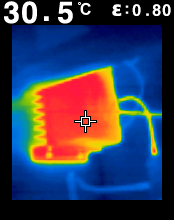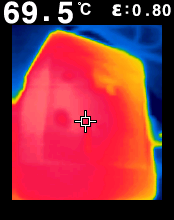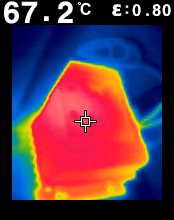Hello all,
I have recently bought a Phoenix Smart IP43 (50A) Charger to charge my LifePo4 battery (not Victron) on my sailboat. When tested, the charger started charging with 50 Amps as expected, but after 45 min the charger started to make a loud humming noise. I am aware that transformers are not silent, but this was not a normal sound level. Just sitting in the boat was not comfortable, the sound was even audible outside in the cockpit. Sleeping would have been out of the question. Further, the charger became very hot. Again, I am aware that electronics and especially power circuits do generate heat, but I could not put my hand on it and keep it there. The ambient air was 12 degrees (celcius), and because it was a test, and the battery box was open, there was plenty of airflow.
The heat is not really a problem I guess, but the noise really is a problem.
The charger never seized to operate correctly, the charge current stayed at 50 Amps the whole time and the voltage kept steadily climbing (bulk mode).
I contacted my supplier and they set the unit up for testing in their shop, but connected to a AGM instead of a Lithium battery. They reported no noise and no heat whatsoever. I am not sure how much amps and how long the load cycle has been in that test.
What the supplier gave me as a possible cause for the noise and heat, was the cabling that I used. She insisted that Victron stresses that plus and minus cables must be of the same length. The reason she could not provide, other than 'that Victron always insists on it'.
I am (a little) educated in electrical engineering, so I am not completely blank on the subject, but definitely eager to learn. So I have 2 questions:
1. Does Victron require same cable lengths for plus and minus on a single charger, single battery system? I cannot find any hint to that on the website.
2. Is there a possibility that cabling is in any way related to the noise and the heat? Not only length, but thickness as well?
I would appreciate your input. Regards,
Joos



